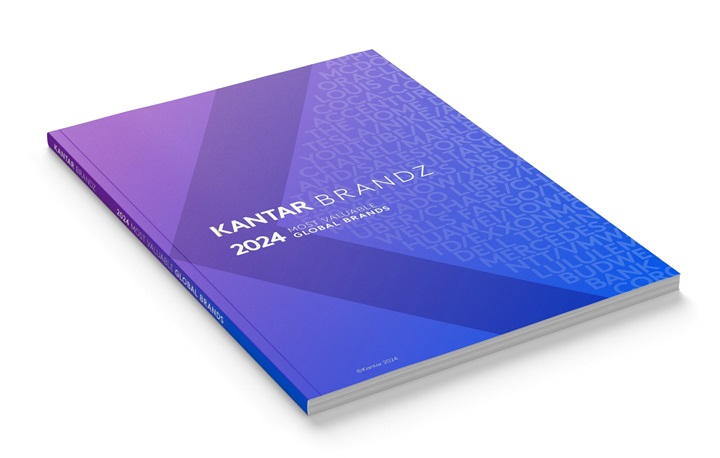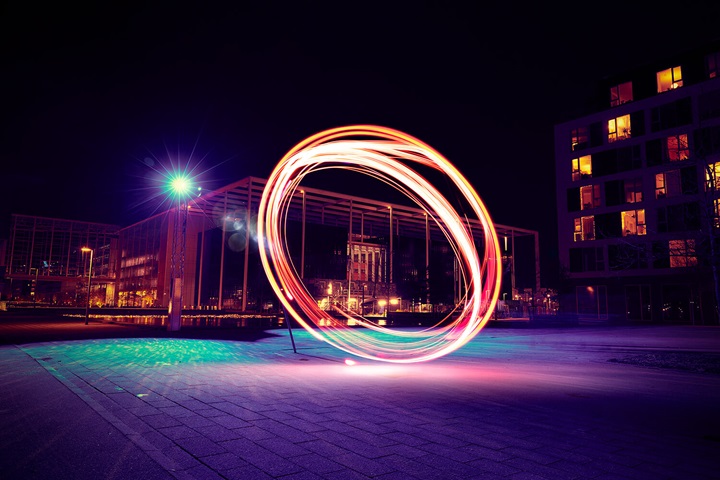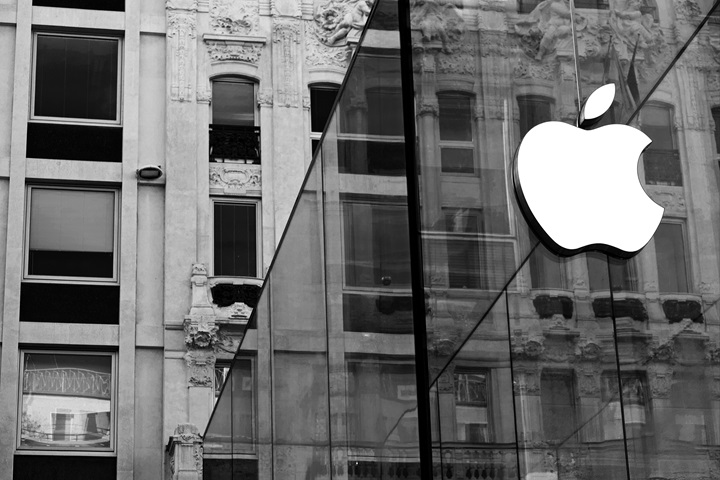Being Different is a fundamental driver of brand growth, so much so that it’s at the heart of the strategic imperative driving Kantar’s new Blueprint for Brand Growth: ‘Be Meaningfully Different to more people’.
But ‘being Different’ is often easier said than done. What often springs to mind is a brand becoming functionally better or intrinsically unique. And yes, some brands do disrupt a category with completely unique functional differences (that allow them to solve a consumer tension, desire or need in a new way).
And when brands accomplish this, they do score more highly on Difference and their businesses tend to improve as a result because they are giving consumers a strong reason to choose them. Think, for example, of Tesla’s functional disruptions in electric car design and the first-mover advantage they have subsequently enjoyed.
But ‘newness’ isn’t the only way to score highly on Difference, and by definition, ‘newness’ doesn’t last. Think also, now, about the automotive industry’s overall shift toward electric vehicles in the years since Tesla’s rise. Although a first-mover advantage goes some way to protecting a brand from imitators, it is incredibly hard to own a functional point of Difference for very long.
Difference that’s built to last
With the automotive category as our point of entry, we recently lifted the hood on the question of how brands can build points of Difference that are better able to stand the test of time.
Looking at the car category, there are just over 3,170 brands in the Kantar BrandZ database. Of these, 677 are highly Different (index 120+). Of these, 56% are ‘proud to drive’.
In mature categories where products are functionally similar, meeting emotive needs is a powerful route to finding Difference. In fact, brands with strong emotive clarity are far more Different than brands without emotive clarity.

A brand with a strong emotive positioning is often more resilient over time as well. In the luxury car market, Ferrari is a powerful example of this dynamic. In addition, it is one of this year’s highest-rising brands in the 2024 Kantar BrandZ global rankings.
So, what can other brands outside of luxury possibly learn from Ferrari? Ferrari’s high price points and relatively low sales volumes do not seem that relevant to consumer goods or financial service brands for example. But understanding how Ferrari has built its success on its Difference can nevertheless uncover principles for growth that many brands could benefit from.

Meaningful Difference built on a legacy
Ferrari is synonymous with speed, luxury and exclusivity. But you could say this about any luxury car brand. So, what exactly is Ferrari’s point of differentiation? And how does all of this work at the emotive level?
The Ferrari brand story began many years ago, starting with its founder, Enzo Ferrari, a renowned Italian motorsport driver and maverick who challenged the automotive engineering norms of his day. These stories are part of the Ferrari mystique and are quite literally the stuff of movies. Like many heritage brands, the founder’s personality traits still shape the company culture and brand image, as evidenced by the rebel/hero archetype associated with Ferrari in the Kantar BrandZ personality measures. This clear personality forges an emotive connection with consumers, a connection that has been built over time and transferred across geographies.

Consistency is king
The emotive personality type is not the only consistent aspect of Ferrari’s positioning. When thinking about the brand, it’s likely that a few key visual cues will spring to mind: the yellow badge with its black prancing horse for starters, as well as the Italian tri-colour. These evoke an edgy, dynamic, assertive and bold style inherent in the rebel/hero archetypes.
Far from graphic design trivia, these are distinctive brand assets. They serve to tap into the fast-brain memory structures, triggering ‘Ferrari’ and the feelings associated with the brand – thus building deeper connections with consumers. Ultimately, these visual signatures support Ferrari’s emotive clarity, building on its sense of Difference. Most startling is the consistency with which Ferrari has leveraged these assets over decades. Compare earlier iterations of Ferrari’s logo/badge to today’s version, and you’ll see that not a lot has changed.
Likewise, Ferrari’s advertising over the years has been a paragon of consistency. The rosso corsa (‘racing red’) dominates the campaigns. Of course, consistency alone is not enough. To keep ahead in many categories, brands must innovate to engage new and different generations of consumers. Change is an essential part of a brand staying relevant.
Even better, though, would be to change without losing sight of one’s distinctive, recognisable brand assets and positioning. That is a rare art. So how does a brand stay true whilst innovating and updating its marketing?
Cohesion amplifies Difference
The most powerful aspects of Difference permeate every facet of the brand’s image. We see it like the layers of an onion, one building cohesively on the other. Brands like Ferrari are cohesive throughout these layers. They add to their Meaningful Difference in a way that starts from an emotive core, and then moves up through to product features.

Difference in action
Ferrari builds its Difference on an emotively rich brand legacy, with clarity, cohesion and consistency in its every expression. It authentically stands apart, staying relevant through evolving styles and product features. All the while, it remains recognisable through powerful, consistent brand assets and experiences.
This lays a strong foundation for growth and future success. And indeed, looking at Ferrari’s Future Power in Italy, there’s a high probability that it will grow value share in the next 12 months based purely on the strength of current brand associations.

If there’s one ‘watch out’ here, it is a decline in Ferrari’s Meaningful perceptions since 2018. Meaningful is defined (and measured) as the extent to which a brand builds clear and consistent emotional connections and delivers against consumer needs. Ferrari’s Meaningful perceptions need nurturing and investment to ensure that the Ferrari legend stays relevant to new audiences. It’s about giving Ferrari the best possible emotive anchoring from which Ferrari can then leverage the world-class Difference that it has so expertly imbued into its brand narrative over time.







